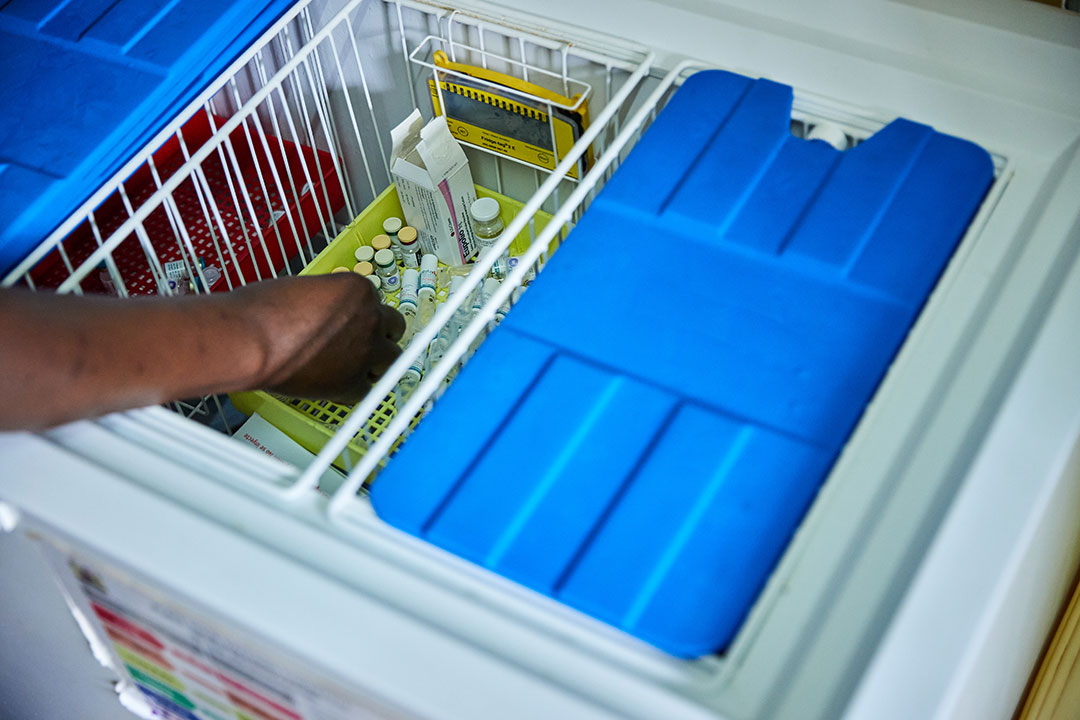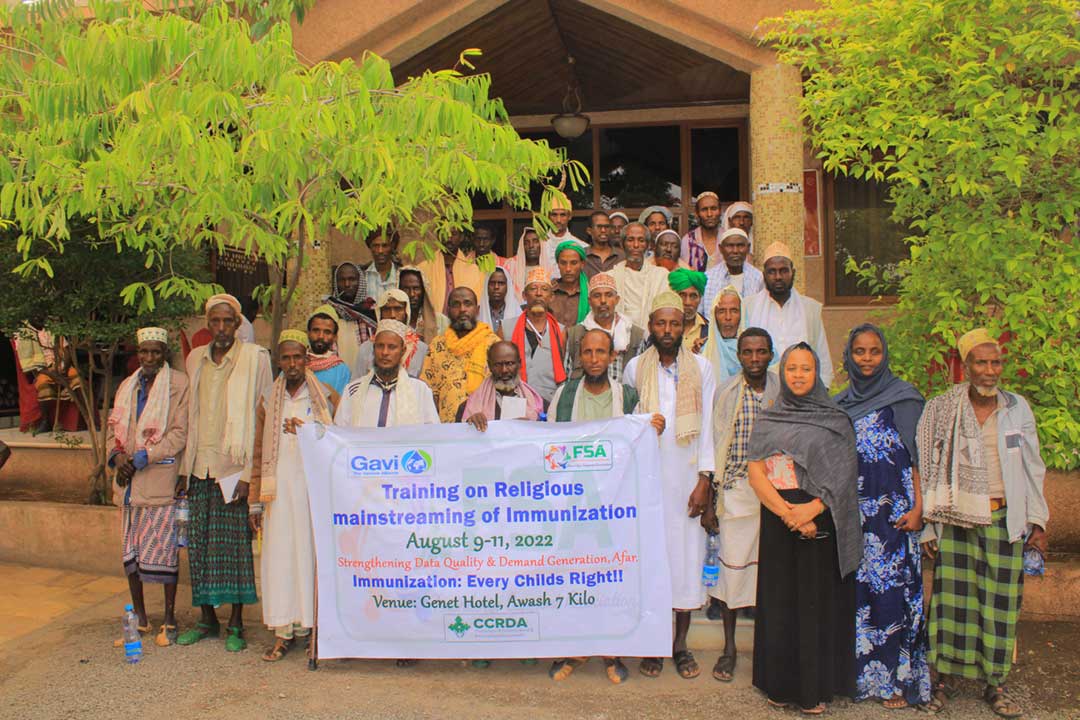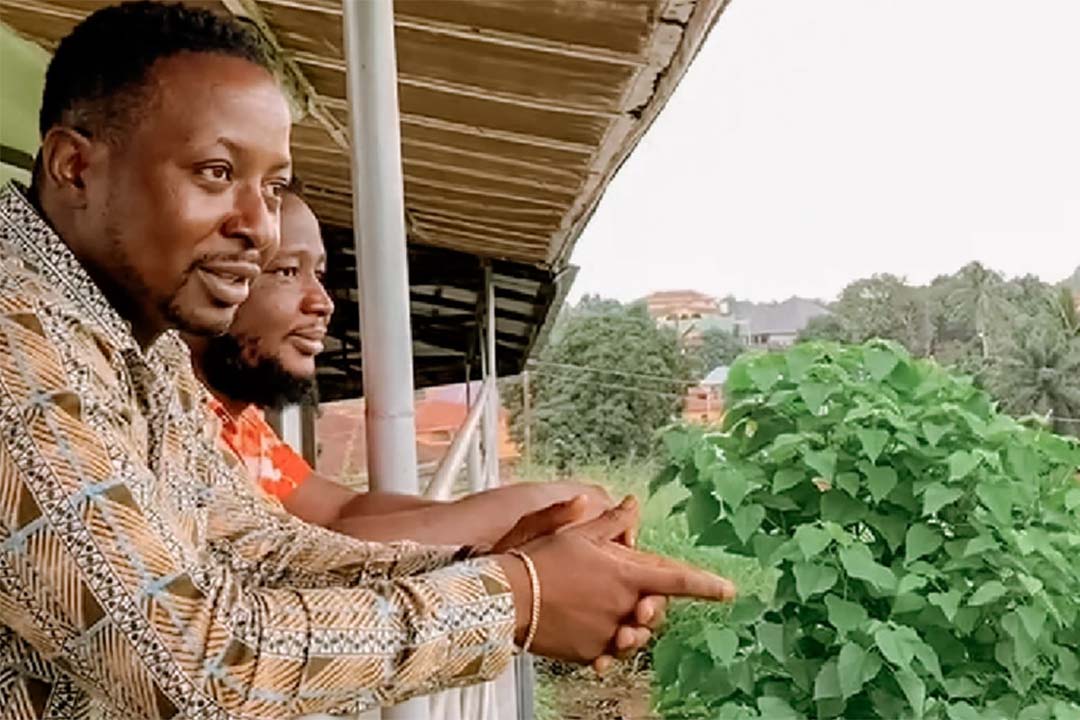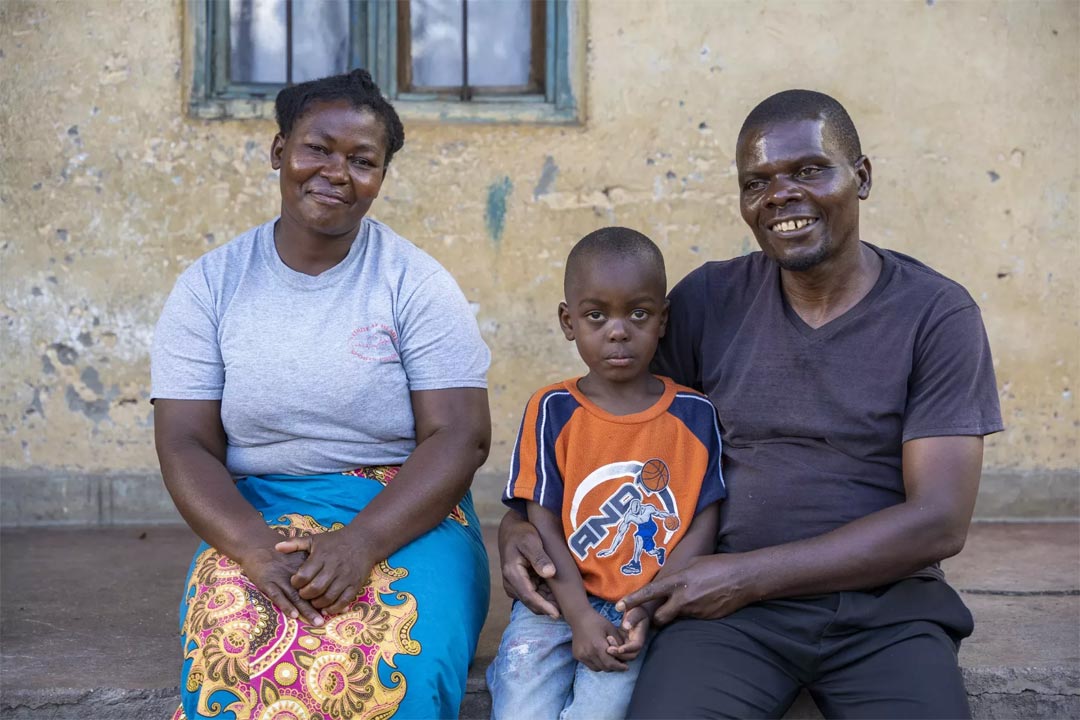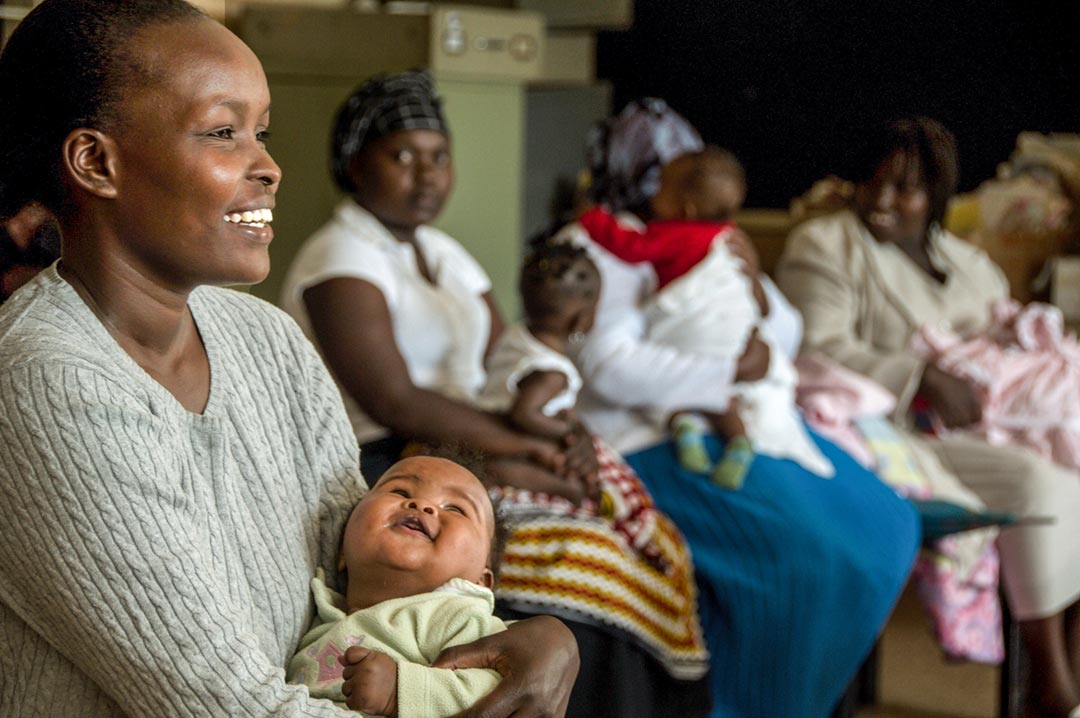School-based targeting increases HPV vaccination rates
There are lessons to be learned from Punjab’s approach to increasing HPV vaccination rates.
- 26 April 2022
- 4 min read
- by Ananta Seth

Indian women account for more than one-fifth of the total number of cervical cancer cases in the world. The HPV vaccine has proven to be highly effective in protecting women against the disease. There are 74 million adolescent girls in India eligible for the HPV vaccine, yet coverage of the vaccine remains low.
But there remain causes for optimism. The successful introduction of the vaccine in the Bhatinda and Mansa districts of Punjab in 2016, as well as a government-sponsored vaccination drive in Delhi, could harbour lessons.
"The right messaging helped in convincing parents of the benefits of the vaccine, including informing them that cervical cancer is the second leading cause of deaths among women in Punjab."
India’s Universal Immunisation Programme does not include the vaccine as part of its mandate. High costs of the vaccine and the stigma associated with HPV due to its sexual transmission are major obstacles. The future availability of a low-cost locally-produced (by the Serum Institute of India) vaccine shows promise for widespread implementation of HPV vaccination in India.
While vaccine supply is important, demand for these vaccines is key to ensuring high uptake. What can states do to reduce vaccine hesitancy, break the bias and encourage community support for the HPV vaccine?
Ishu Kataria, Senior Public Health Researcher at the RTI Centre for Global Noncommunicable Diseases, says: “Some parents have a view that their daughters should not be getting the vaccine since they’re not sexually active. A robust communication strategy is required to ensure that all concerns related to the route of transmission are addressed. Prioritising the cancer prevention potential of the vaccine rather than focusing on the infection encouraged parents to think about their children’s well-being in the long-term.”
Dr Rajesh Bhaskar, Nodal Officer for the HPV Vaccine Programme in Punjab, agrees: “The right messaging helped in convincing parents of the benefits of the vaccine, including informing them that cervical cancer is the second leading cause of deaths among women in Punjab. Also the provision of the vaccines for free in government hospitals as opposed to the high-costs of the private sector, and the presentation of sound scientific data in a comprehensible format through FAQs, and information, education and communication materials in the local language have had an impact.
Have you read?
“We also conducted press sensitisation programmes and media workshops to ensure that false information regarding adverse events does not spread. We were very proactive. We issued timely statements and press releases to discredit misinformation.”
Dr Bhaskar shares that Punjab adopted a multi-sectoral approach to devising guidelines and setting communication priorities.
“A technical expert group was formed at the state level. It included UNICEF, WHO, Gavi, AIIMS Delhi, ICMR and other stakeholders, along with administrative secretaries of key departments who recommended taking a school-based targeting approach to increasing vaccine coverage for girls studying in class six across schools in the state.
“Eligible adolescent girls were transported from schools to the nearest designated health facility. We collaboratively developed operational guidelines for the HPV vaccine programme, making [Punjab] the first state in India to do so. The content for teacher training and IEC materials was also finalised after a consultative process with community stakeholders and vetted by experts. This proved to be successful. We have a 98% take-up rate in the two districts,” he explains.
Drawing from her research on what works to ensure the success of HPV vaccination programmes in India, Kataria says: “The state governments that have implemented a successful HPV vaccination programme addressed the stigma associated with the vaccine and took pre-emptive steps to counter misinformation. A comprehensive social and community mobilisation strategy has worked to increase uptake.
“Community-based actors such as anganwadi (rural child care centres) and ASHA workers received training on how to communicate with parents and adolescents about the vaccines. School teachers and principals are also part of the effort in states that have a school-based targeting approach. Lastly, trusted and credible voices from the medical community such as representatives from the Indian Academy of Paediatrics and Indian Medical Association helped dispel myths and misconceptions.”
How can other states in India develop effective, integrated, evidence-based communication strategies to drive public demand for the HPV vaccine? The Punjab model of identifying the main concerns of parents with adolescent girls, devising communication strategies to address those specific concerns and involving multiple stakeholders including those from the community can provide a blueprint for scaling up the vaccine programme across the country.
More from Ananta Seth
Recommended for you

